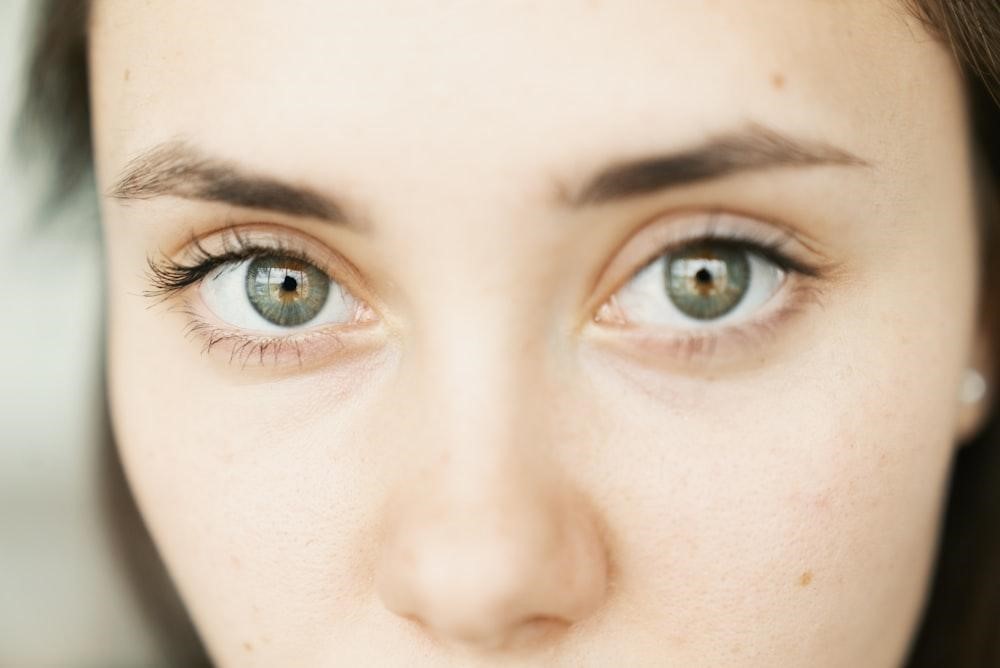
Dry Eye Syndrome: Causes, Symptoms, and Strategies for Relief
Dry eye syndrome is an eye condition in which the eyes fail to make enough tears (as a healthy eye should) or become dry too quickly. This condition can cause irritation, discomfort, and inflammation of the ocular surface. If you or any of your loved ones are diagnosed with this condition and want to learn more about it, you have arrived at the right place. Here, we will cover the causes of dry eye syndrome, its symptoms, and common strategies for relief.
Dry Eye Syndrome Causes
Here are the common causes of dry eye syndrome.
Aging
Dry eye syndrome is diagnosed mostly in older adults due to age-related changes in tear composition and production.
Environmental Factors
Factors such as dry or windy climates, indoor heating or air conditioning, and exposure to smoke or pollution can be major contributors to dry eye syndrome symptoms.
Medication Interactions
Certain medications, including antihistamines, decongestants, antidepressants, and hormonal therapies can decrease tear production and exacerbate dry eye symptoms.
Symptoms of Dry Eye Syndrome
Here are the core symptoms of dry eye syndrome.
Dryness
One of the major symptoms of dry eye syndrome is a persistent sensation of dryness inside the eyes. It can feel like a rough or scratchy sensation on the surface of the eye, as if there is not enough moisture to keep the eyes comfortably lubricated.
Redness
Dry eye syndrome can cause the eyes to look bloodshot or red, particularly around the edges of the eyelids. The redness is often due to irritation and inflammation of the ocular surface caused by insufficient tear film.
Burning Sensation
Some people dealing with dry eye syndrome feel a burning or a stinging sensation, especially in environments with low humidity or high levels of air pollution. This discomfort can be triggered by reading, using digital screens, or being exposed to smoke or windy conditions.
Blurry Vision
Blurred vision is a common symptom of dry eye syndrome, particularly when the tear film is unstable or insufficient to maintain a smooth optical surface. Vision can be temporarily blurry, especially when performing activities with a prolonged concentration of the eye muscles, like driving, reading, or working on a computer.
Common Strategies for Relief
People experiencing dry eye syndrome can use the following methods to find relief:
Artificial Tears
Use lubricating eye drops or artificial tears to relieve dryness and provide moisture to the ocular surface. Choose preservative-free formulations for frequent use, especially if you have sensitive eyes.
Warm Compression
Apply warm compresses over closed eyelids to help stimulate oil gland secretion and improve tear film stability. Use a clean, damp cloth or a commercially available eye mask for comfort.
Humidification
Use a humidifier to add moisture to indoor air and prevent dryness, particularly during the winter months or in dry climates.
Blinking Exercises
Practice conscious blinking to promote tear distribution and reduce evaporation. Take breaks during prolonged visual tasks to blink fully and frequently.
Final Thoughts
The above factors highlight the causes, symptoms, and relief strategies for dry eye syndrome. If you are diagnosed with the condition, the above information should help you manage it. Consider joining the Healthy Vision Association today to explore a wide range of health and other benefits.
